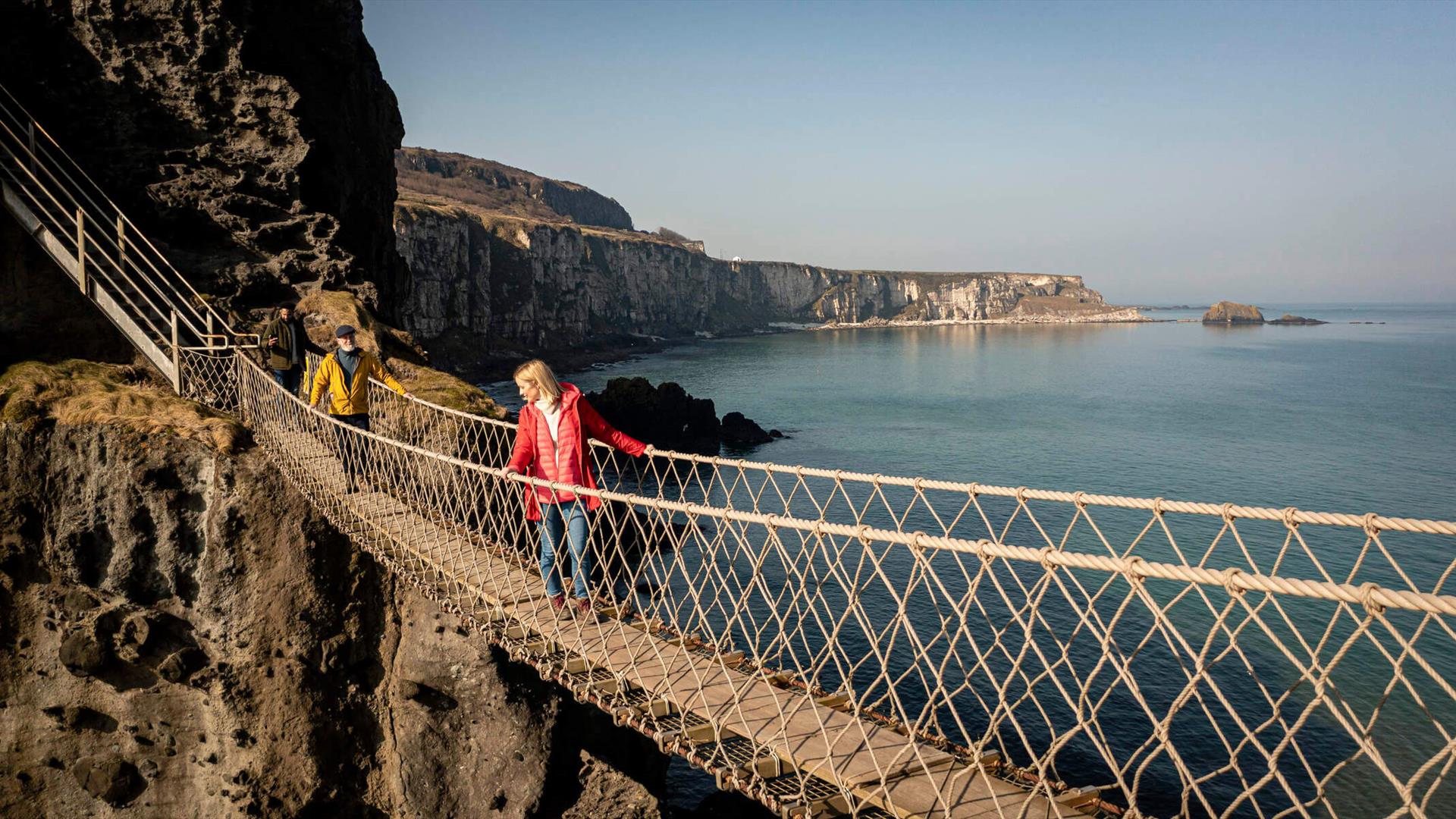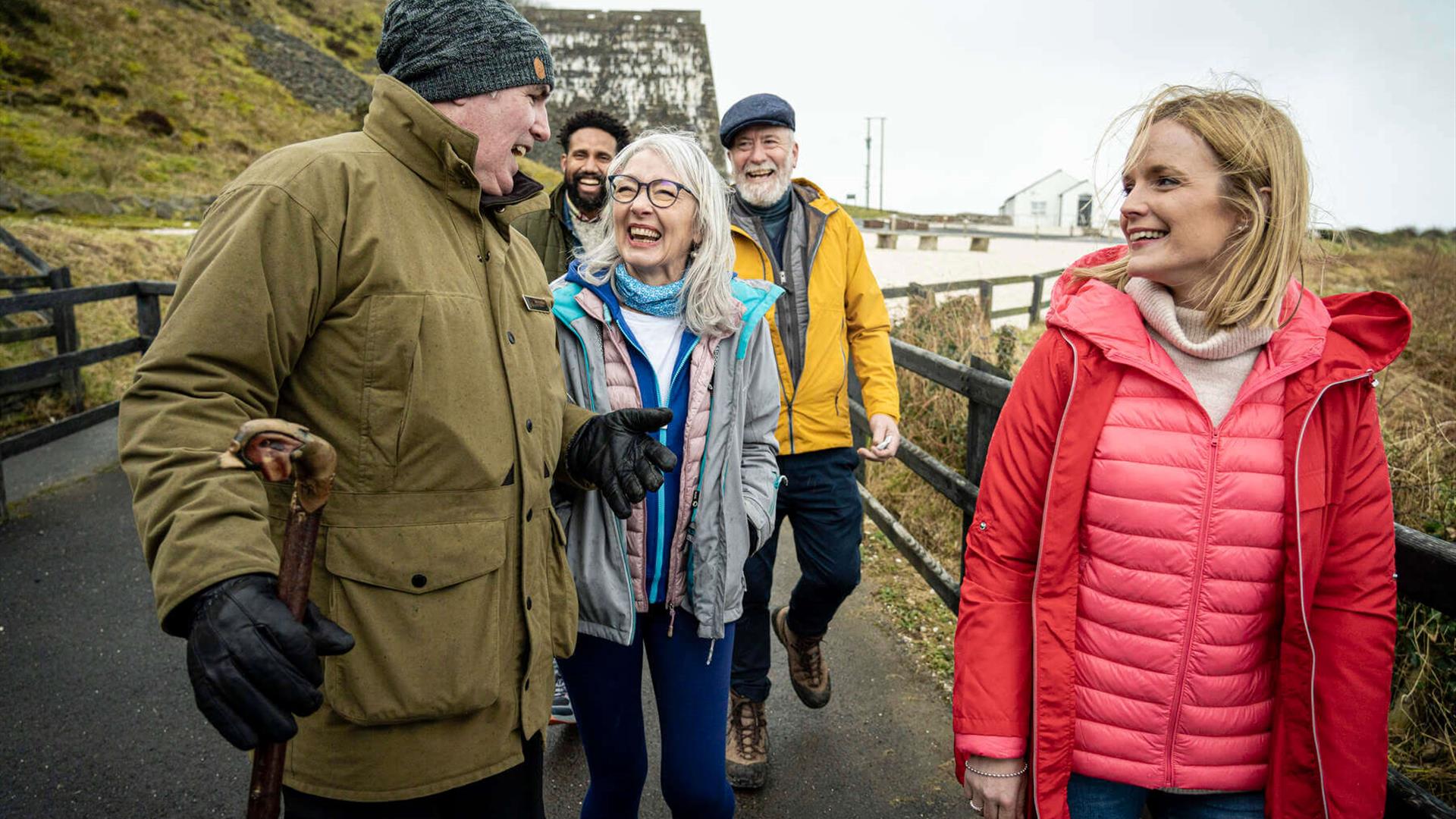Book Tickets Online
About
Immerse yourself in the unique history of an old world industry, with an exceptional guide by your side.
This bridge was originally built and used by the local men who once fished these waters. The details of the lives they led here will be revealed to you during this unique and exclusive tour with Mark Rodgers, a local guide who has an evident passion for the area and its people.
Your visit begins with a walk along the cliff path. While you enjoy the breath-taking views, your guide will regale you with the stories of local people who walked the same path for hundreds of years before you.
Then it’s time to cross that bridge. Once you’re safely on the other side, your guide will lead you to a small cottage. Built in 1755 by the men who fished here, nothing here has changed since the last fishermen left several decades ago: there's no electricity, water, or central heating. The only concessions to comfort are the wooden benches and an open fire where turf burns. The cottage stands as a remnant of a bygone era frozen in time.
The evidence of a bygone fishing industry are all around. Learn how it felt to carry a day’s catch of salmon on your back and sit where the fishermen used to come to rest, shelter and wait out the storm. Lose yourself in the stories regaled by Mark, in an atmosphere which crackels with emotion as you're transported back to another time, when family, faith and tradition were the bedrock of close-knit communities.
As guide Mark Rodgers says, “People are living life at a 100 miles per hour. So just to sit here in the silence and listen to what that sounds like, to take in the beauty of this place...well, it’s good for the soul. This is the Ireland you dream of seeing, and there is a special sense of peace and tranquility to be gained here.”
Fully guided experience. Outdoor clothing and sensible footwear recommended.
Tripadvisor
Video
- Beyond the Bridge



















